Jeddah negotiations, trust challenges, and the diplomatic playbook: highlights from Lana Zerkal’s interview
UAFP Events
How to shift from emotions to pragmatism in U.S.-Ukraine Negotiations? How can Ukraine define its own strategy? Lana Zerkal, a member of the Coordinating Council of the Ukraine Facility Platform, and journalist Olena Trybushna sought answers to these questions on the program Є Питання. They discussed the purpose of the negotiations in Saudi Arabia, Russia’s demands, and Trump’s stance on other countries.
- The Jeddah meeting and trust between partners
The U.S. wants to create a “menu” of options for negotiation. The idea is to later compare this menu with Russia’s and find a way to shape a potential ceasefire. However, I have serious doubts that this can be achieved quickly.
What is even more concerning is that Trump and his team have emotional factors influencing their decisions. On one hand, these factors have little to do with the declared goal of achieving peace. On the other hand, they affect the overall atmosphere, creating additional uncertainty in the process.
Effective cooperation is only possible when there is emotional trust between negotiators. On February 28, when discussions took place in the Oval Office, trust between both sides was nonexistent. We do not trust Trump and his team. Trump and his team do not trust us. This is a major diplomatic problem.
It is not about appearances or the presence (or absence) of guarantees – it is about the complete lack of trust between the negotiating teams. Trust is a crucial element for achieving success. If the United States is not our adversary but our partner, then there must be trust between partners to achieve positive results.
- The basis of U.S.-Ukraine negotiations
Trump and his team operate in a transactional mode. Their first transaction was the critical minerals agreement. The second transaction was supposed to be the ceasefire negotiations. The U.S. took the first step by proposing an agreement. They expected Ukraine to take the second step – to outline what a ceasefire would look like from our perspective.
This approach failed in Washington because we wanted to skip to the third step—security guarantees. This created a complete misunderstanding between both sides regarding the sequence of actions. Our painful experience with the Minsk negotiations has given us the ability to build strong arguments and justify our position with facts.
- Playing cards at the negotiation table
The U.S. cannot demand anything 100% because they are not a party to the conflict. Anything can be on the table. The rest is a matter of negotiation techniques.
Picking fights or escalating tensions can also be a tactic – but not a very effective one.
At the beginning of negotiations, parties typically state their maximum demands. A common technique is to present non-essential positions as critical to later exchange them for things that truly matter.
This is what Trump calls “playing cards.” The winner is not the one holding all the trump cards, but the one who understands the other side’s interests and capabilities best.
Negotiations are an intellectual game. Only during the process does it become clear what matters most to each party and why. The key question a negotiator must always keep in mind is: “Why?”
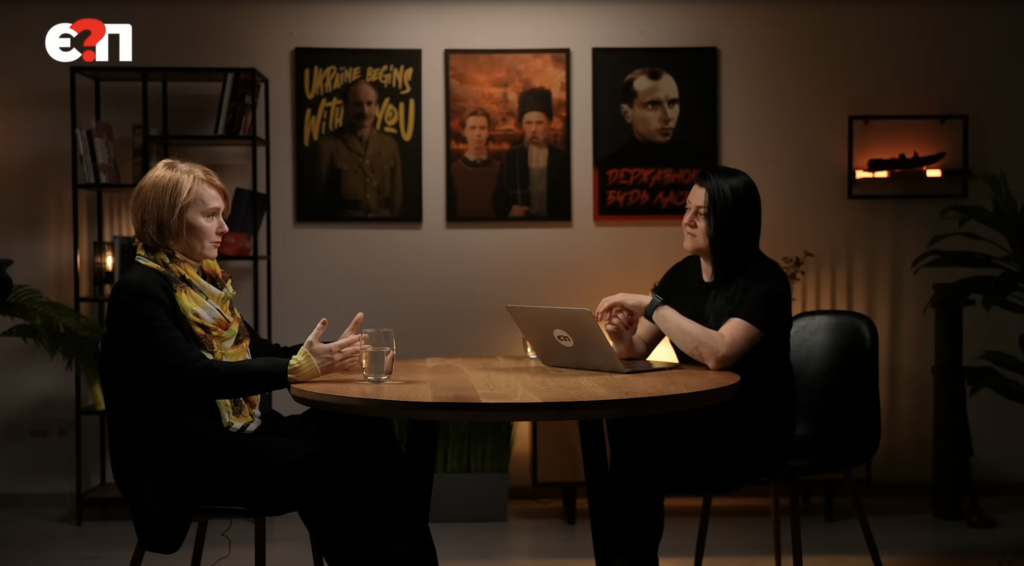
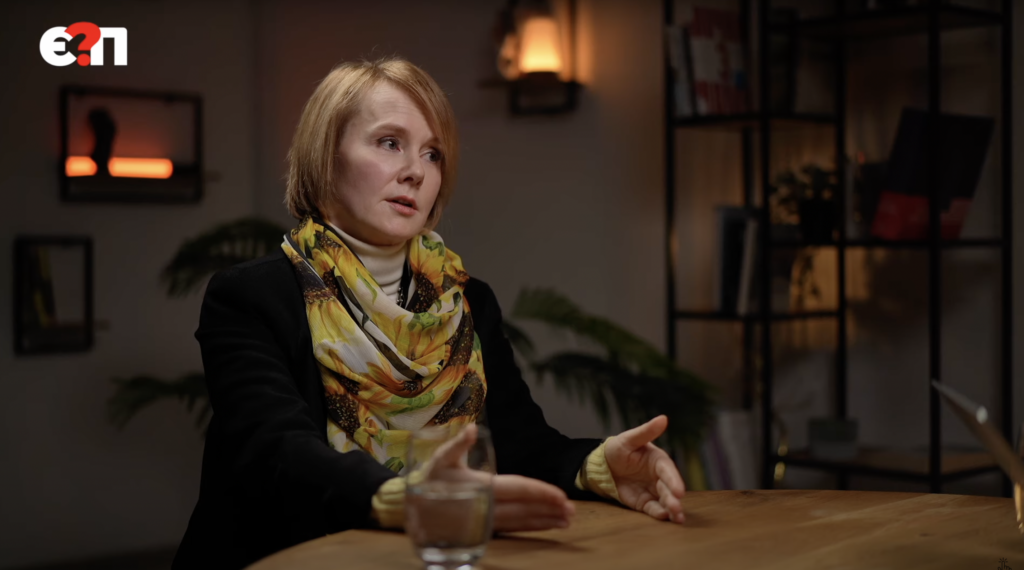
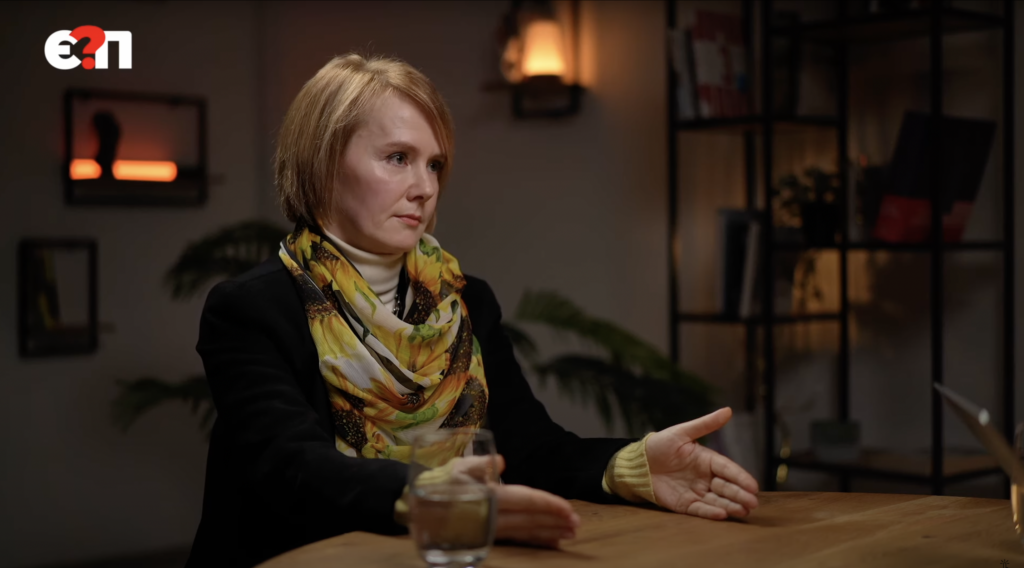
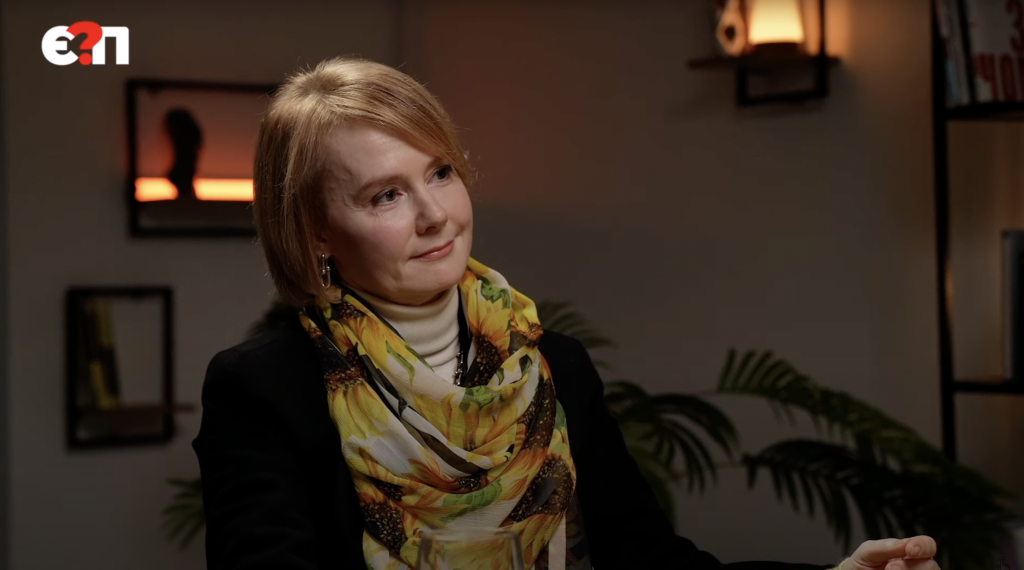
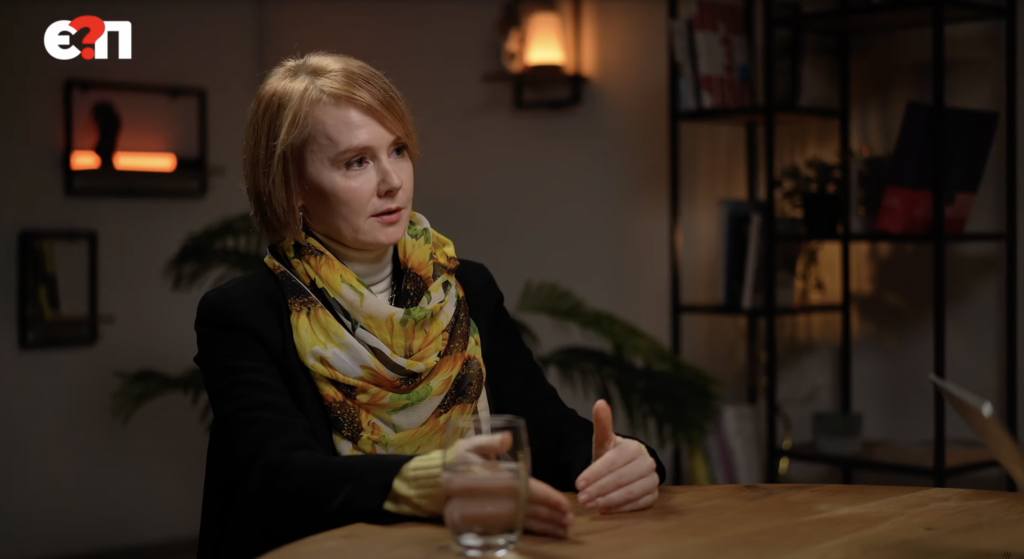
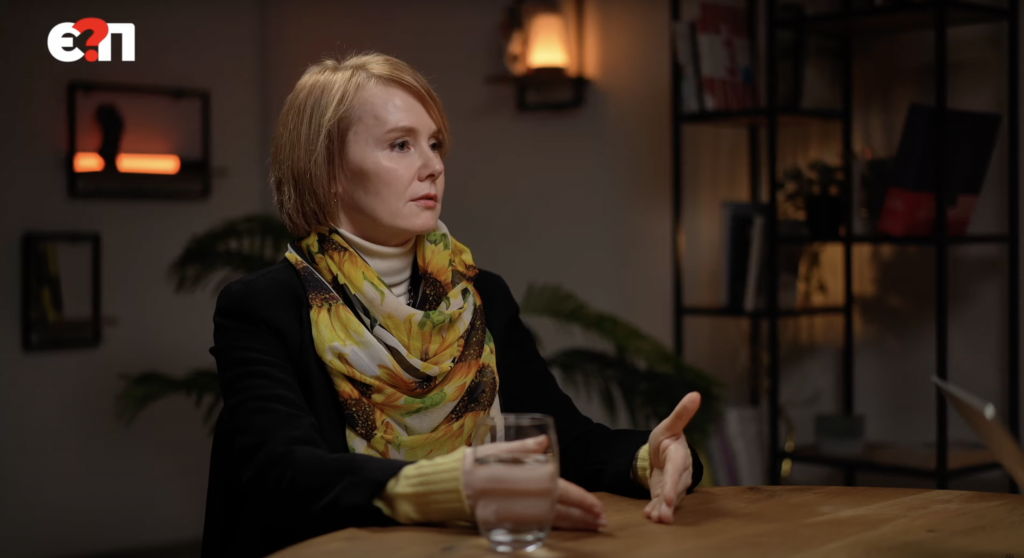
- The aikido technique in negotiations
Failing to understand the other side’s approach is a critical mistake in negotiations. We are very reactive – we respond to public provocations. This is our weakness. But when negotiating with someone as narcissistic as Trump, this approach cannot work. He is easy to predict – he always says the same things.
The principles of aikido can be applied to negotiations with this type of opponent. These scenarios are planned in advance. You anticipate reactions, test them in controlled settings, and prepare counter-moves. You create situation rooms to rehearse possible responses and ways to redirect conversations.
The aikido negotiation technique is simple:
You agree with your opponent, for example, about the $350 billion in military aid provided to Ukraine. Then, you say: “Only Trump can audit this and determine how much Ukraine actually received.” “Only Trump can ensure that Ukraine gets everything it was promised.” At this point, Trump smiles and agrees: “Yes, yes, I’m a genius.” This is not a new strategy – it always works. It’s just a matter of preparation.
- How the UK helped Ukraine prepare for Jeddah negotiations
Joint diplomat training is a long-standing global practice.Britain’s involvement was a sign of solidarity and readiness to assist. This was a practical step toward Ukraine’s integration into Western diplomacy and political structures. Western unity is no longer just about helping Ukraine – it is about shared strategic goals.
However, if we expect support, we must articulate our needs clearly. The West cannot help Ukraine with everything – we must define our priorities and shared interests to ensure effective collaboration.
- Trump’s attitude toward Ukraine and Russia
Trump lives in a completely different paradigm. Liberal values mean nothing to him. He does not care about Ukraine’s suffering and challenges. This is the reality we must acknowledge and work with.
We often see ourselves as the center of the universe – but we are not. We are on the periphery. For Trump, Ukraine is not a priority – it is an annoyance because it prevents him from fulfilling past promises.
As for Russia, Trump and Putin share a certain resonance – they genuinely like each other. But this does not mean Russia is strategically important to Trump. His only concern about Russia is ensuring it does not become China’s ally.
Trump’s goals regarding Russia are different from his goals regarding Ukraine. He does not want Russia to be defeated. He wants Russia to drift away from China. He wants to break the Russia-China partnership. This is his real objective.
